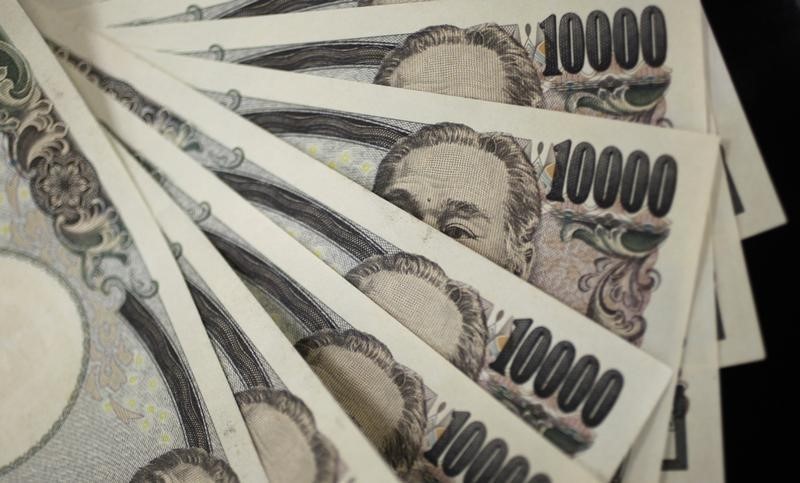Moody’s downgrades Senegal to Caa1 amid rising debt concerns
Investing.com -- S&P Global Ratings has affirmed Japan’s ’A+’ long-term and ’A-1’ short-term foreign and local currency sovereign credit ratings, maintaining a stable outlook. The ratings agency also upgraded its transfer and convertibility (T&C) assessment to ’AAA’ from ’AA+’, reflecting a low likelihood of Japan imposing foreign exchange restrictions on debt payments, similar to other nations that issue reserve currencies.
The stable outlook is based on the expectation that Japan will maintain balanced risks over the next 12 to 24 months. This will be supported by the Bank of Japan’s (BOJ) successive rate hikes, which will create important monetary policy space, while strong revenue growth has helped to narrow fiscal deficits. However, potential geopolitical and external uncertainties may hinder economic growth and increase fiscal deficits.
The ratings could be lowered if Japan’s economic growth is consistently and significantly lower than other high-income economies, or if the yen weakens much further, indicating a persistent deterioration of Japanese economic competitiveness. Conversely, the ratings could be raised if monetary policy credibility improves significantly with much stronger policy space and flexibility, and if robust economic growth and a stable yen help to support the ratings.
Japan’s rating reflects its exceptional external position, prosperous and diversified economy, robust institutional framework, and savings-rich financial system. These factors also contribute to and benefit from the yen’s status as a global reserve currency. However, Japan’s very weak public finances, exacerbated by an aging population, rising interest rates, and increased spending priorities such as national defense and social security, offset these positive factors.
Japan’s economy is recovering from a slowdown in 2024, with strong business investment spending and tourism earnings providing support. However, external risks could weigh on improvements. Despite these uncertainties, Japan’s real GDP could grow 0.9% in fiscal 2025 (ending March 2026) and 0.8% from fiscal 2026.
Japan’s fiscal deficits have significantly decreased since the end of the pandemic, thanks to stronger revenue growth. However, rising spending pressure due to political and geopolitical uncertainties could delay consolidation. The Cabinet Office estimates a primary surplus in fiscal 2026, compared with fiscal 2025 in earlier projections.
Japan’s strong external position and monetary policy settings also support its sovereign credit fundamentals. The free-floating yen’s status as a reserve currency reflects these strengths. Japan is among the world’s largest external creditors, with a net external position that we estimate at about US$3.6 trillion at the end of calendar 2024. We expect Japan to post a current account surplus of about 3.4% in 2025, and about 2.8% in 2026-2028.
This article was generated with the support of AI and reviewed by an editor. For more information see our T&C.
